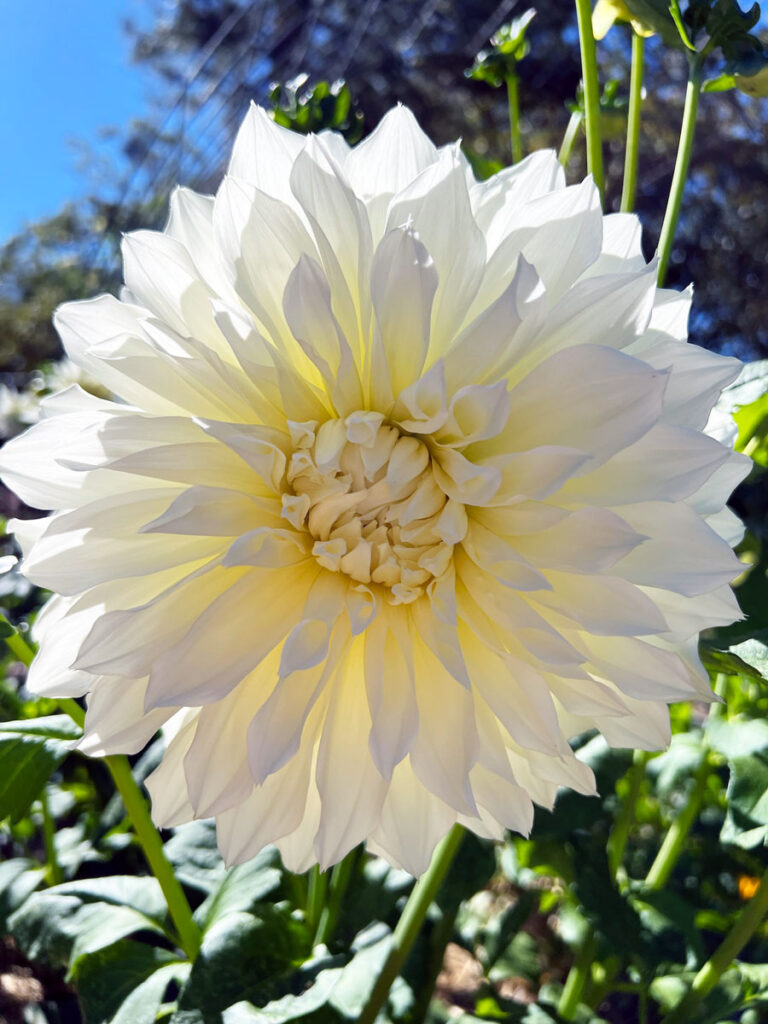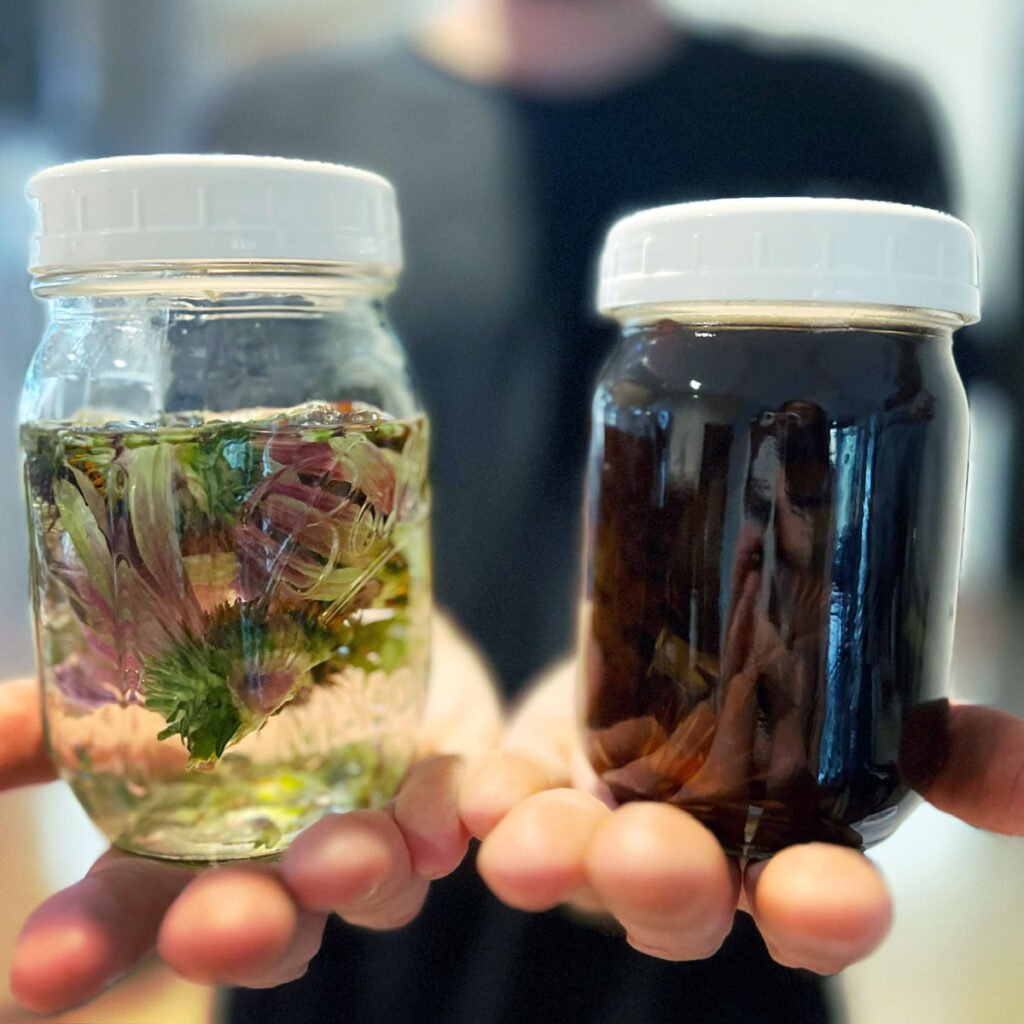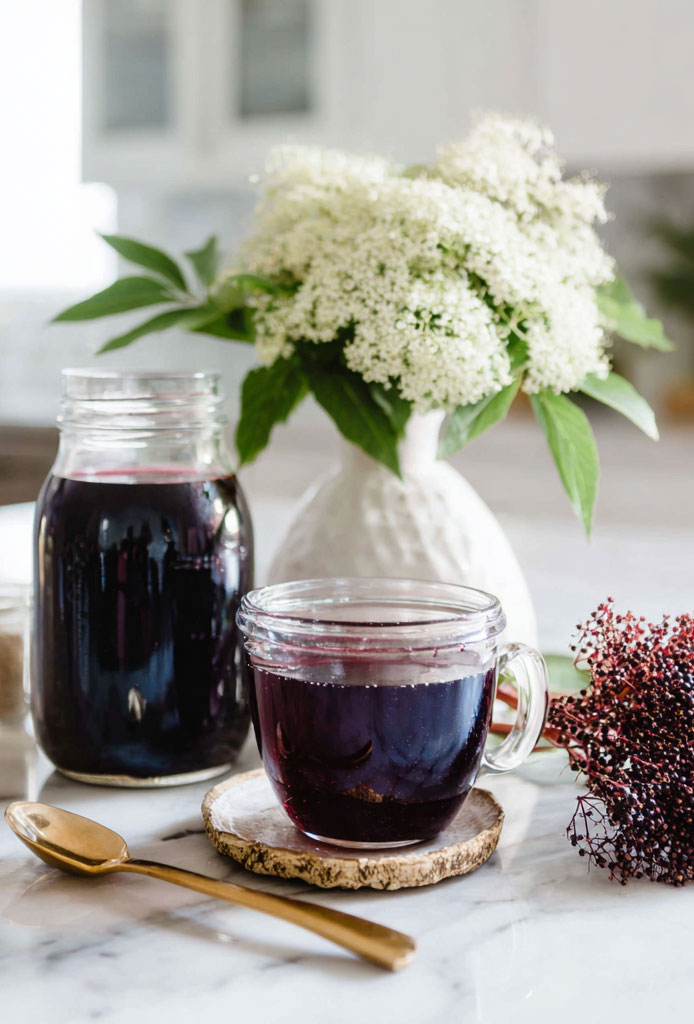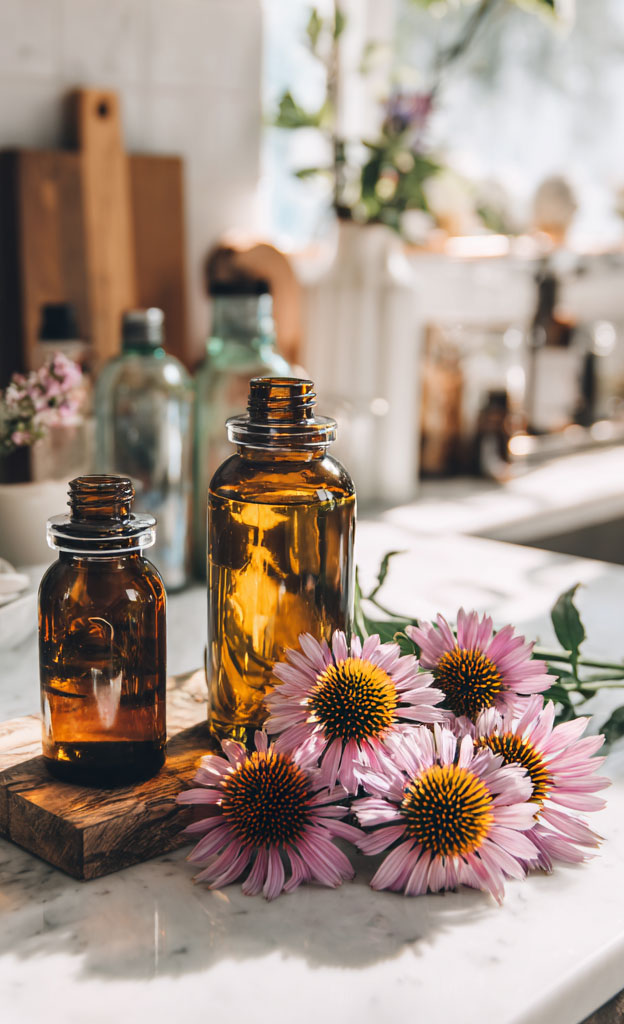garden
These Plants Don't like Epsom Salt
AVOID AT ALL COSTS
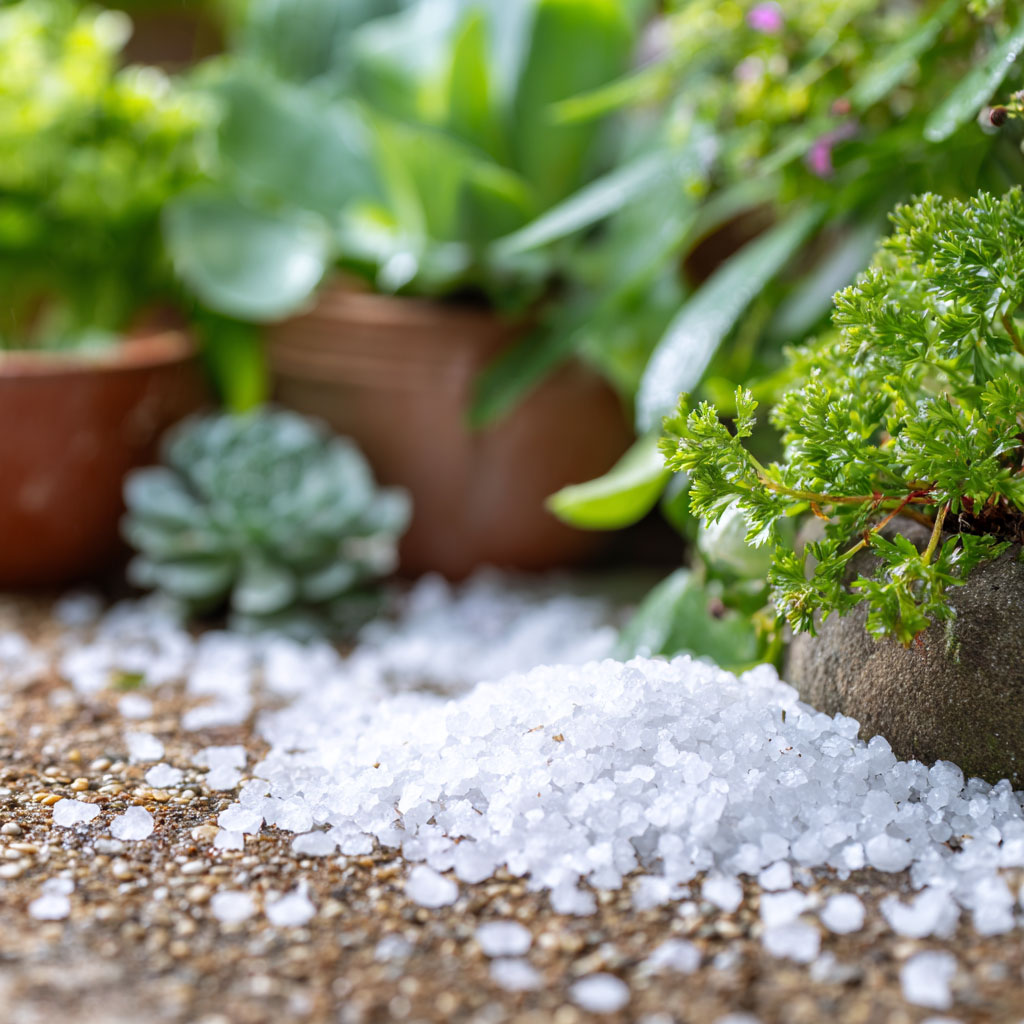
Epsom salt, a chemical compound known as magnesium sulfate, has been hyped for years as a miracle fix for plant problems. From curing yellowing leaves to boosting fruit production, it’s become a go-to home gardener tip. But here’s the not-so-sweet truth: the use of Epsom salts in the garden isn’t always a good idea—and can actually cause more harm than help. Without a proper soil test to determine magnesium deficiencies or pH imbalances, adding this mineral salt can lead to serious nutrient imbalances in your garden soil.
Many garden plants already get enough magnesium and sulfur through rich soil, organic matter, or complete fertilizers. Adding extra magnesium when it’s not needed can throw off the nutrient balance, resulting in problems like calcium deficiency, blossom-end rot, or stunted plant growth. It’s tempting to reach for that bag of bath salt labeled “Epsom,” but as a general rule, it’s best to test your soil first and treat only if you’re seeing signs of low magnesium levels. Otherwise, you risk turning your healthy plants into sensitive plants suffering from preventable damage.
Why Epsom Salt Can Be Harmful
While magnesium is considered a secondary nutrient necessary for plant growth, too much Epsom salt can disrupt your garden’s nutrient balance. Overuse of magnesium sulfate can interfere with the absorption of calcium ions, which are vital for plant health and fruit production. This is especially problematic for tomato plants and pepper plants, which are already prone to calcium-related issues like blossom-end rot. Ironically, home gardeners often add Epsom salts thinking it will prevent blossom-end rot, when in fact, the additional magnesium may be the cause.
Excess magnesium also leads to the accumulation of salts in the root zone, especially in sandy soils with poor drainage. This can cause leaf scorch, yellowing of leaves, and even inhibit seed germination. Some leafy vegetables and indoor tropical plants, like the fiddle leaf fig, are particularly vulnerable to magnesium toxicity. When dissolved nutrients like magnesium sulfate build up in plant tissue without a real deficiency, you’re not helping—you’re frying your garden’s nerves with a chemical overload. The best practice is to treat Epsom salt like a strong medicine: only use it when you know it’s absolutely needed.
Soil Test – Your First Step
Before adding any amendments like Epsom salts to your garden soil, it’s crucial to do a soil test. This step tells you exactly what your soil contains—magnesium levels, calcium deficiencies, pH of the soil, and more. Skipping this test is like taking a random supplement without checking your vitamin levels first. Soil tests reveal whether you’re dealing with a real magnesium deficiency or if your plants are struggling with something else entirely—like poor irrigation water, low organic matter, or compacted soil.
If your soil is already rich in magnesium or slightly acidic, adding more via Epsom salt can worsen the problem. Commercial fertilizers often already include magnesium as part of a balanced mix, so doubling up can lead to high magnesium levels and nutrient lockout. In some cases, it’s a better choice to amend your soil with compost or dolomitic limestone, which offers calcium and magnesium in a more balanced, plant-friendly form. Whether you’re treating your garden beds, raised planters, or the base of the plant directly, start with a test—because what you don’t know can hurt your plants.
Plants That Don’t Like Epsom Salt
While Epsom salt is sometimes marketed as a great addition to your gardening routine, not all plants benefit from it—in fact, many suffer. Carnivorous plants like Venus flytraps and pitcher plants are adapted to grow in nutrient-poor, acidic soils. The addition of Epsom salts, which contains a heavy dose of magnesium sulfate, disrupts their delicate nutrient balance and can damage plant tissue. These sensitive plants thrive on minimal minerals, and adding extra magnesium is one of the worst things you can do to their root systems.
Succulents and popular indoor tropical plants like the fiddle leaf fig also react poorly to the use of Epsom salts. These plants store water and nutrients efficiently, and excess magnesium can lead to salt buildup at the base of the plant or in the potting soil, causing leaf scorch, browning, or poor plant health overall. Acid-loving native plants such as azaleas, blueberries, and some coniferous trees (like pine trees) also suffer when Epsom salt is introduced. These species often need a slightly acidic soil pH, and the addition of extra magnesium can alter the soil’s pH, making essential nutrients like calcium less available.
Tomato plants and pepper plants, surprisingly, can also be harmed by Epsom salt misuse. Although these plants are often cited as “benefiting” from magnesium, adding it when it’s not needed can interfere with calcium uptake and trigger blossom-end rot. The leaves of your plants may look green at first, but if magnesium sulfate is displacing other nutrients in the garden soil, overall plant health will quickly decline. Leafy vegetables like spinach, lettuce, and kale, which rarely experience magnesium deficiency, can also show adverse effects such as reduced yield or yellowing from magnesium toxicity. For the best results, skip the Epsom salt unless a soil test says otherwise.
Signs of Magnesium Toxicity or Imbalance
Magnesium toxicity is a silent saboteur in the garden—it’s easy to overlook, especially if you’re used to thinking of Epsom salts as harmless. One early sign is leaf scorch, where the tips and edges of leaves turn brown or crispy despite regular watering. This happens because excess magnesium disrupts the uptake of other vital nutrients, particularly calcium and potassium. Another red flag is a white, crusty residue on the soil surface, especially in container plants, indicating salt buildup near the root zone.
Stunted growth, yellowing leaves, and wilting are additional signs that your plants might be reacting poorly to high magnesium levels. Ironically, these symptoms can mimic those of a magnesium deficiency, tricking well-meaning gardeners into applying even more Epsom salts. In poorly draining or sandy soils, the accumulation of dissolved nutrients like magnesium sulfate can throw off the soil’s pH and reduce the availability of essential nutrients, resulting in nutrient imbalances. This is why a soil test isn’t just a suggestion—it’s a non-negotiable step in maintaining healthy plants and avoiding guesswork.
When magnesium levels are too high, the plant’s ability to take in calcium ions through the roots is compromised. That’s where issues like blossom-end rot in tomatoes and peppers start to show up. Magnesium may be a secondary nutrient, but it has a primary impact when overapplied. Use of Epsom salts without understanding the soil’s baseline can cause more problems than it solves. To keep your garden thriving, monitor for these signs and consider testing plant tissue or soil before deciding on any additional magnesium.
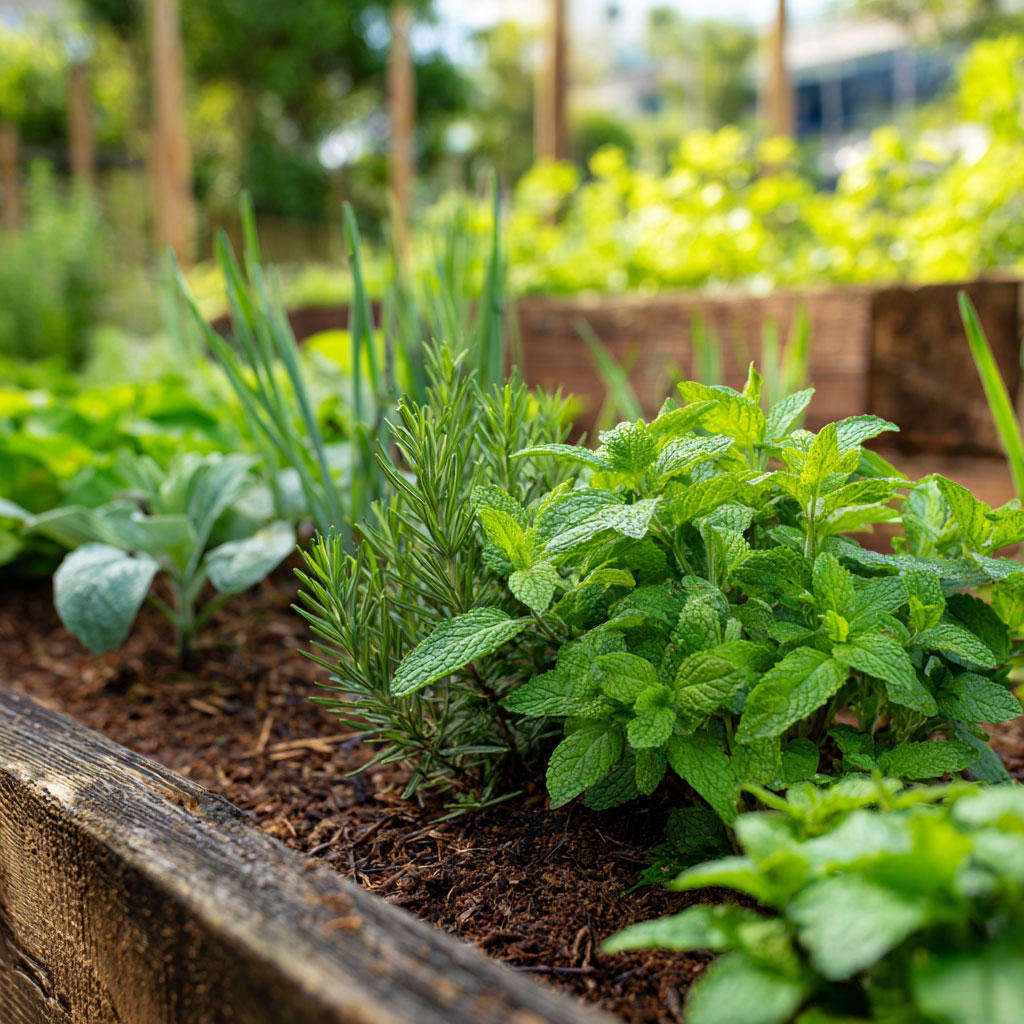
FREE downloadable garden planting guide
Sign up for our newsletter and download the free garden planting guide instantly
Best Practice Recommendations
If your soil test actually indicates a magnesium deficiency, then yes—Epsom salt can be a valuable addition when used correctly. The best practice is to mix 1 tablespoon of Epsom salt per gallon of water and apply it as a foliar spray no more than once every 2 to 4 weeks. This method bypasses the soil and delivers magnesium directly to plant tissue, helping alleviate true deficiencies without disturbing the soil’s nutrient profile. Just be sure to avoid overdoing it—too much Epsom salt can quickly lead to a buildup of salts and nutrient imbalances in the root zone.
In many cases, it’s smarter to amend your soil with complete fertilizers that contain magnesium, calcium, and other essential nutrients in balanced ratios. These fertilizers are formulated to support optimal growth during the growing season without throwing off the soil’s pH. Dolomitic limestone is another great option—it provides both calcium and magnesium and can help raise the pH in acidic soils without risking a nutrient overload. Compost, well-rotted organic matter, and humic acid are also excellent additions that improve soil structure and support healthy plant growth naturally.
When using Epsom salts, always consider the type of plant, the condition of the garden soil, and the overall nutrient needs during the growing season. For example, pepper plants and tomato plants grown in sandy soils might benefit from a little extra magnesium, but only if calcium levels and pH are in check. As a general rule, less is more when it comes to secondary nutrients like magnesium sulfate. Your best results will come from a thoughtful approach, guided by soil test data and attention to the specific needs of your garden plants.
Good Candidates for Epsom Salt Application
Despite its pitfalls, Epsom salt isn’t totally off-limits in the garden—when used wisely and with a soil test to guide you, it can be a good thing. Certain crops, like tomatoes, peppers, and roses, sometimes show improved plant health and flower or fruit production when grown in magnesium-deficient, sandy soils. In these cases, the use of Epsom salts can provide additional magnesium and sulfur—both essential nutrients for chlorophyll production and root development. But again, the key here is confirmation. Without evidence of a deficiency, tossing around tablespoons of Epsom salt is more wishful thinking than best practice.
When magnesium deficiencies are confirmed through a soil test (or in some cases, through visible yellowing between the veins of older leaves), applying Epsom salt can help balance nutrient levels and improve plant growth. However, this should be done carefully, ideally as a foliar spray with 1 tablespoon of Epsom salt per gallon of water for quicker uptake and better results. Pot soaking or spot treatment at the base of the plant can also be useful—just be sure to avoid overwatering, and adjust based on the ph of the soil and your irrigation water. For most garden use, however, opting for commercial fertilizers with balanced micronutrients or using organic matter remains a more reliable long-term solution.
If you’re growing in poor soils—especially those that are light, sandy, or low in organic content—then supplementing with magnesium sulfate may give you a leg up during the growing season. Still, don’t rely on it as your primary fertilizer. Think of Epsom salt as a corrective tool, not a regular garden amendment. Plants are like people—they thrive on balance, and a little extra magnesium might be helpful only if the rest of their nutrient needs are being met. When in doubt, test first, fertilize second.
Epsom salt has a long-standing reputation in the home gardener toolkit, but its benefits are often overstated—and its risks underappreciated. The chemical compound magnesium sulfate may sound like a cure-all, but when used blindly, it can cause magnesium toxicity, nutrient imbalances, and even block the uptake of calcium ions, leading to issues like blossom-end rot. Rather than promoting healthy plants, the use of Epsom salts in the absence of a proven magnesium deficiency often results in poor yields, leaf scorch, and stunted plant growth.
To get the best results from your garden, the smarter strategy is to focus on soil health first. That means performing regular soil tests, using compost and organic matter to enrich the earth, and applying complete fertilizers when needed. For gardeners chasing lush tomatoes, abundant pepper plants, or thriving native plants, the best thing you can do is provide balanced nutrition, not guesswork. A soil test is your roadmap. Epsom salt? That’s just one tool in the shed—and not always the right one.
So next time you reach for that bag of bath salt with dreams of bigger blooms and juicier fruit, stop and ask yourself: have I tested my soil? Am I treating a real magnesium deficiency—or just following garden folklore? Your plants will thank you for taking the time to know before you grow.
additional posts I think you’d love!

